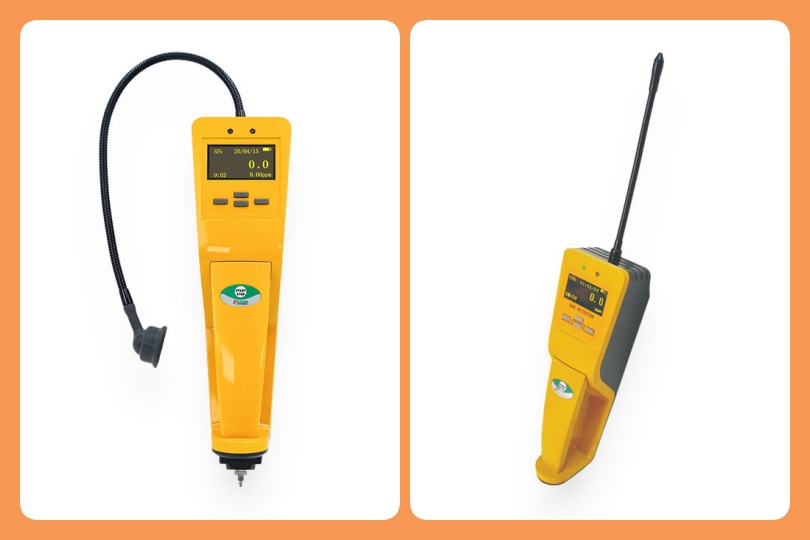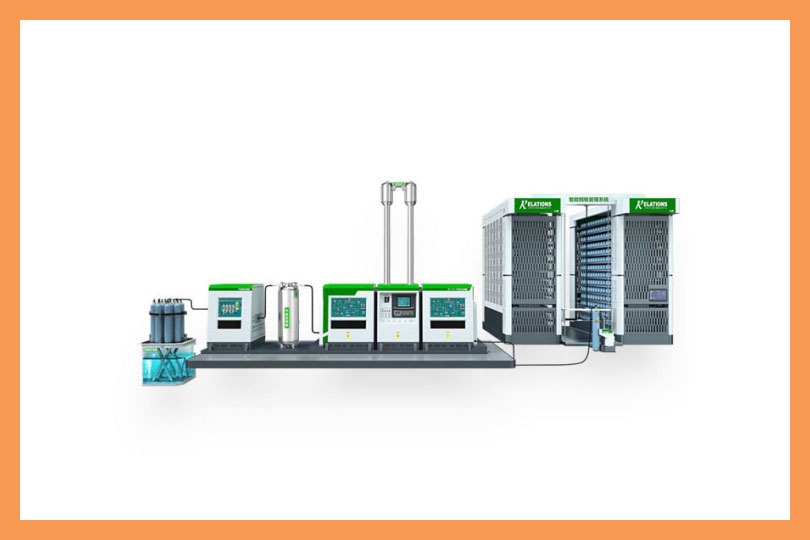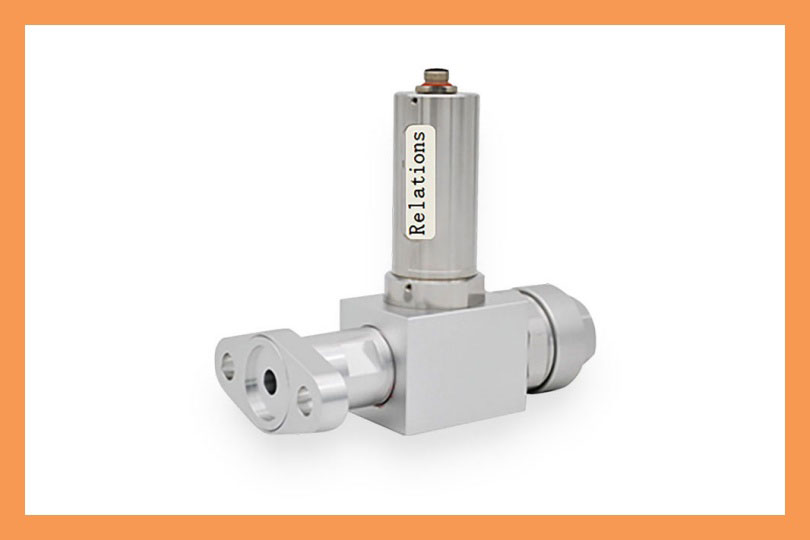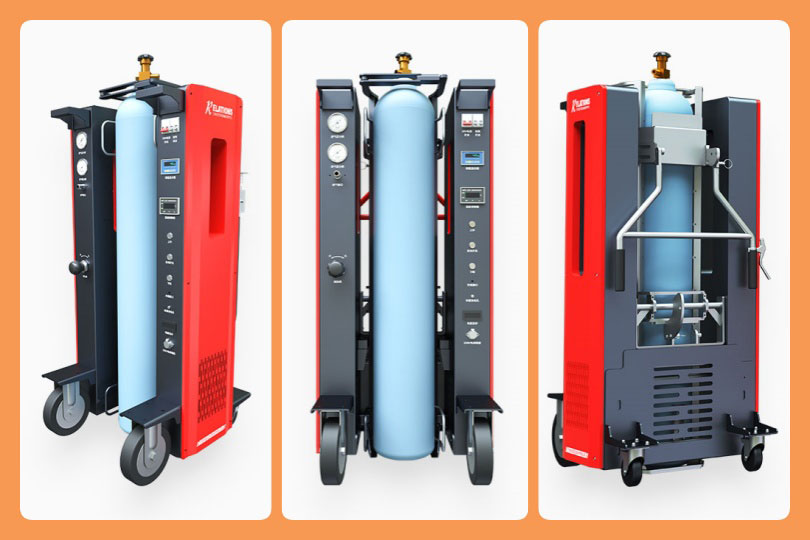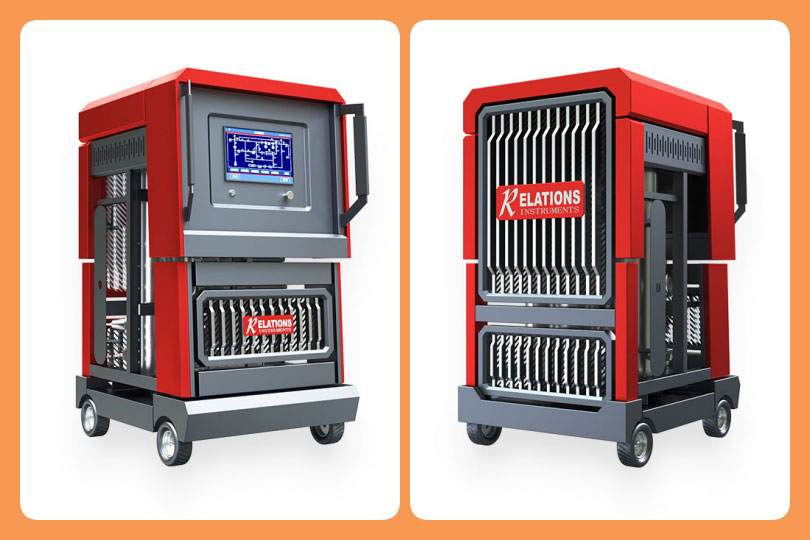SF6 Handling Equipment for Low-Voltage Switchgear: Essential Guide to Core Functions & Compliance
Date
2025-09-15
[email protected]
Website
www.sf6gasdetector.com
Get Solutions And Quotes
SF6 Handling Equipment for Low-Voltage Switchgear: Essential Guide to Core Functions & Compliance
Low-voltage switchgear is a critical component in power distribution systems, ensuring stable electricity supply for commercial buildings, industrial facilities, and residential areas. Many modern low-voltage switchgears rely on sulfur hexafluoride (SF6) gas for its excellent insulation and arc-quenching properties—key to preventing electrical faults and extending equipment lifespan. However, SF6 is a potent greenhouse gas, and improper handling can lead to environmental harm, equipment failure, and safety risks. This is where SF6 handling equipment for low-voltage switchgear becomes indispensable: it ensures safe, compliant, and efficient management of SF6 throughout the switchgear’s lifecycle.
1. Why SF6 Handling Equipment Matters for Low-Voltage Switchgear
Unlike high-voltage switchgears that use large volumes of SF6, low-voltage units require smaller, more precise gas management. Even minor SF6 leaks or contamination can compromise the switchgear’s insulation performance, leading to short circuits or overheating. Additionally, global regulations (such as the EU’s F-Gas Regulation and EPA standards) mandate strict control over SF6 emissions, making proper handling non-negotiable for businesses.
SF6 handling equipment for low-voltage switchgear addresses these challenges by streamlining three core stages of SF6 management: gas filling, recovery, and purification. Without this equipment, manual handling risks gas waste, environmental violations, and damage to the switchgear—ultimately increasing operational costs and downtime.
2. Core Functions of SF6 Handling Equipment for Low-Voltage Switchgear
To meet the unique needs of low-voltage systems, specialized SF6 handling equipment integrates compact design with high precision. Its key functions include:
a. Precise SF6 Filling
Low-voltage switchgears require exact SF6 pressure (typically 0.1–0.3 MPa) to maintain optimal insulation. Filling equipment for low-voltage applications features digital pressure gauges and flow control valves to avoid overfilling or underfilling. Many models also include gas drying systems to remove moisture—critical because moisture in SF6 can cause corrosion inside the switchgear and reduce insulation resistance.
b. Efficient SF6 Recovery
When low-voltage switchgears require maintenance or replacement, SF6 handling equipment recovers residual SF6 instead of releasing it into the atmosphere. For low-voltage units, recovery equipment is often portable and lightweight, allowing technicians to access tight spaces (e.g., electrical closets or small industrial rooms). Advanced models achieve recovery rates of over 95%, minimizing waste and ensuring compliance with emission limits.
c. SF6 Purification
Contaminants like dust, oil, or moisture can degrade SF6 quality over time. Purification modules in handling equipment filter out impurities, restoring SF6’s insulation properties. This is especially important for low-voltage switchgears, which operate at lower voltages and are more sensitive to gas quality—impure SF6 can lead to unexpected tripping or equipment failure.
3. How to Select the Right SF6 Handling Equipment for Low-Voltage Switchgear
Choosing the correct equipment ensures compatibility, efficiency, and compliance. Consider these key factors:
a. Compatibility with Low-Voltage Systems
Opt for equipment designed specifically for low-voltage switchgears. These models have lower pressure ratings (matching the switchgear’s operating range) and smaller gas storage tanks, avoiding the inefficiency of using high-voltage handling equipment for low-volume applications. Check the manufacturer’s specifications to confirm compatibility with your switchgear’s make and model.
b. Compliance with Global Standards
Ensure the equipment meets international standards like IEC 60480 (for SF6 recycling and handling) and local regulations (e.g., F-Gas in Europe, EPA 40 CFR in the U.S.). Certified equipment reduces legal risks and guarantees environmental safety.
c. Portability and Ease of Use
Low-voltage switchgears are often installed in confined spaces. Look for lightweight, compact handling equipment with ergonomic designs—this simplifies transportation and operation, cutting down on maintenance time. Features like touchscreen controls and automated workflows also reduce human error.
4. Maintenance and Safety for SF6 Handling Equipment
To maximize the lifespan of SF6 handling equipment for low-voltage switchgear and ensure safe operation:
- Conduct regular leak tests: Use SF6 leak detectors to check hoses, valves, and connections—even small leaks can lead to non-compliance.
- Calibrate instruments annually: Pressure gauges, flow meters, and sensors need calibration to maintain precision, especially for low-voltage applications where accuracy is critical.
- Train technicians: Ensure staff are trained in SF6 safety protocols (e.g., proper ventilation, use of personal protective equipment) and equipment operation. This reduces risks of gas exposure and equipment damage.
SF6 handling equipment for low-voltage switchgear is not just a compliance tool—it’s a key investment in operational efficiency, environmental protection, and equipment reliability. By enabling precise gas filling, efficient recovery, and purification, this equipment ensures low-voltage switchgears perform optimally while minimizing SF6 emissions. As power distribution systems become more compact and eco-conscious, the demand for specialized SF6 handling solutions will only grow. Businesses that prioritize high-quality, compliant equipment will benefit from reduced downtime, lower costs, and a smaller environmental footprint.

